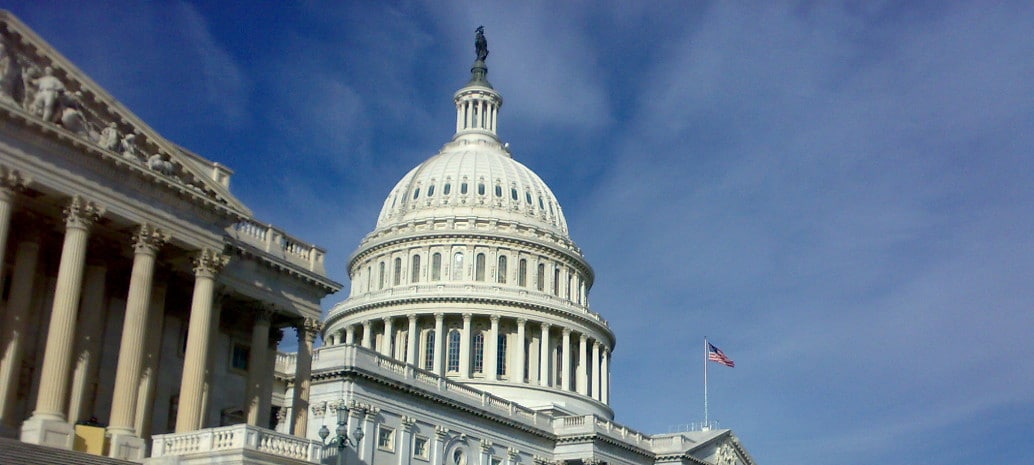On the same day that a report came out which shows that solar is providing more jobs to Americans than the coal and nuclear industries combined, the U.S. House Committee on Appropriations was busy passing a 2019 budget proposal for the U.S. Department of Energy (DOE) which shows the opposite priorities.
The bill proposes cutting funding for the Department of Energy Efficiency and Renewable Energy (EERE) by 10% over 2018 levels, to $2.08 billion. It would also cut funding to the Advanced Research Projects Agency – Energy (ARPA-E) by $28 million, or 8%, to $325 million.
Both of these cuts are far less severe than those proposed by the Trump Administration, which called for cutting EERE 60% and eliminating ARPA-E entirely. However, while President Trump’s budget proposal also slashed energy R&D across the board, the House Appropriations bill calls for a $141 million increase in the budget of the Office of Nuclear Energy to $1.2 billion, as well as a $58 billion increase in the budget of the Office of Fossil Energy Research and Development to $785 million.
However, the bill would also fund a new Office of Electricity Delivery with $175 million, with a heavy emphasis on energy storage technologies. While such research has been conducted within other programs to date, Union of Concerned Scientists (UCS) estimates that this bill would increase federal energy storage research by nearly $10 million.
Sausage making
The Republican-led appropriations committee would increase energy programs overall by $504 million to $13.4 billion, and it framed its package as part of advancing an “all-of-the-above” energy strategy. This phrase was first used by President Obama, to describe a massive buildout of natural gas and renewable energy, but has also been used a slogan by the Trump Administration, where it means something very different.
UCS blasted the report’s cuts to clean energy research at EERE and ARPA-E. “By reducing support for these kinds of programs, the U.S. is ceding leadership on clean energy and technological innovation to countries like China, which is investing in these technologies,” stated Rob Cowin, director of climate and energy programs at UCS.
“You would think U.S. lawmakers would want to promote economic growth by capitalizing on the expanding global market for clean energy technologies.”
At the same time, UCS notes that the emphasis on energy storage “exposes tensions in ideologies between Congress and the White House”, including by funding energy storage R&D but also rejecting the Trump Administration’s proposed limitations on DOE funding.
“In an unusual step, the committee noted and rejected the administration’s extreme approach, which dictated the Energy Department focus solely on early stage, non-applied research,” states Cowin. “The committee was smart to recognize the need for applied research and development of emerging technologies throughout the energy innovation ecosystem.”
The House appropriations bill is one of the first steps in the complicated sausage-making that the federal budget process represents. A senate committee will also produce a bill, and these will be negotiated and reconciled, before they are sent to President Trump.
It will be interesting to see along the way the degree to which Congress recognizes where the energy jobs of the future are.
This content is protected by copyright and may not be reused. If you want to cooperate with us and would like to reuse some of our content, please contact: editors@pv-magazine.com.









By submitting this form you agree to pv magazine using your data for the purposes of publishing your comment.
Your personal data will only be disclosed or otherwise transmitted to third parties for the purposes of spam filtering or if this is necessary for technical maintenance of the website. Any other transfer to third parties will not take place unless this is justified on the basis of applicable data protection regulations or if pv magazine is legally obliged to do so.
You may revoke this consent at any time with effect for the future, in which case your personal data will be deleted immediately. Otherwise, your data will be deleted if pv magazine has processed your request or the purpose of data storage is fulfilled.
Further information on data privacy can be found in our Data Protection Policy.